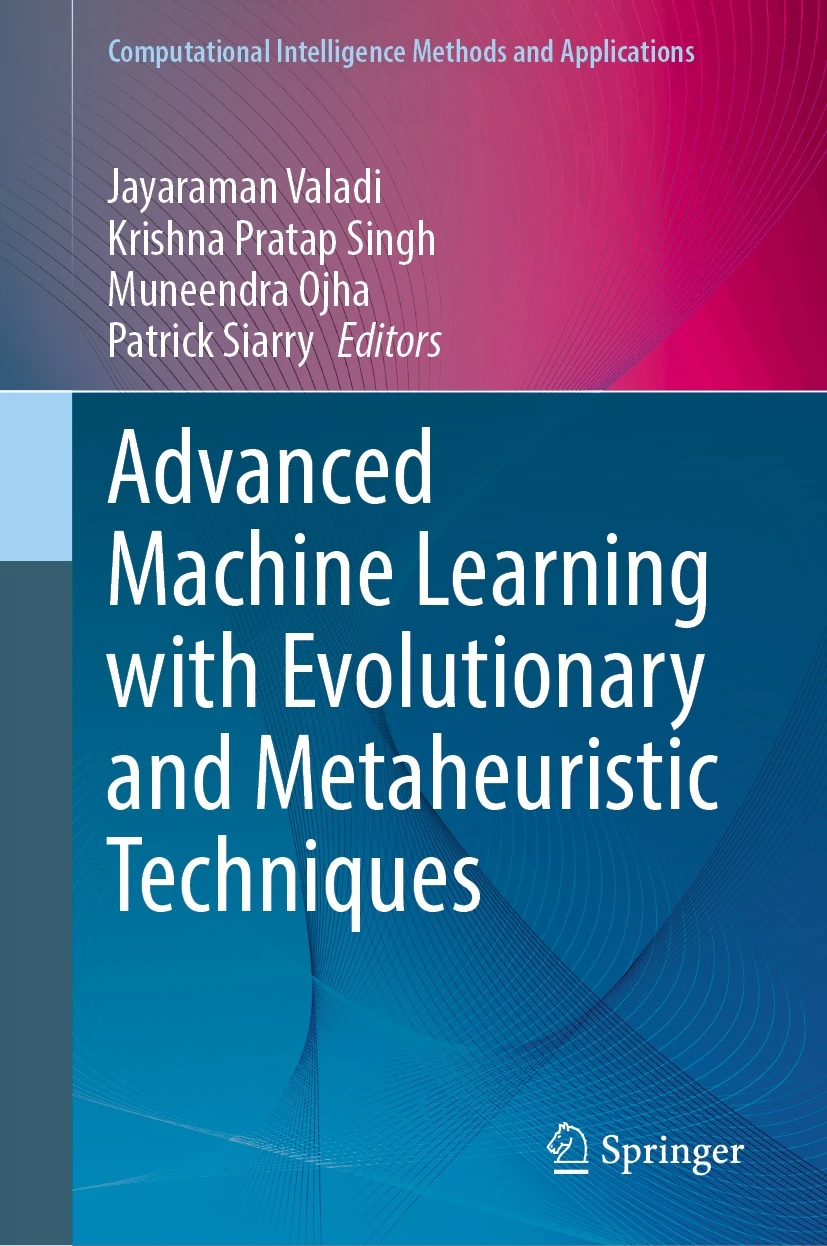Our chapter on Polymer and Nanocomposite Informatics.
by Neelesh Ashok, K. P. Soman, Madhav Samanta, M. S. Sruthi, Prabaharan Poornachandran, Suja Devi V. G & N. Sukumar
Artificial intelligence (AI) and machine learning (ML) have a variety of practical technological applications and are now impacting how we live and work in myriad ways. Polymer informatics, which employs AI and ML to aid in the development, design, and discovery of polymers, is a fast-expanding field. Models trained on polymer data available in databases make it possible to rapidly predict a range of polymer properties, and to screen prospective polymer candidates for desirable characteristics. AI and ML are also used to predict the ease of synthesis of a target polymer and plan its (retro)synthetic steps. Data-driven techniques are employed to develop machine-understandable polymer representations, and to handle the enormous chemical and physical variability of polymers at multiple scales. Cutting-edge generative AI methods are now being employed for inverse design of polymers with specific properties that make them attractive for various applications. These advances in polymer informatics hold out promise for improved efficiency, accelerated development, and greater ease of manufacture of a new generation of polymers useful to society. This chapter provides an overview of recent developments in AI-aided, data-driven polymer chemistry and polymer nanocomposites, and presents a few recent case studies highlighting the scope and diversity of recent applications of AI techniques in the polymer design process, as well as the state of the art and challenges in polymer informatics.
Polymer and Nanocomposite Informatics: Recent Applications of Artificial Intelligence and Data Repositories
Artificial intelligence (AI) and machine learning (ML) have a variety of practical technological applications and are now impacting how we live and work in myriad ways. Polymer informatics, which employs AI and ML to aid in the development, design, and discovery of polymers, is a fast-expanding field. Models trained on polymer data available in databases make it possible to rapidly predict a range of polymer properties, and to screen prospective polymer candidates for desirable characteristics. AI and ML are also used to predict the ease of synthesis of a target polymer and plan its (retro)synthetic steps. Data-driven techniques are employed to develop machine-understandable polymer representations, and to handle the enormous chemical and physical variability of polymers at multiple scales. Cutting-edge generative AI methods are now being employed for inverse design of polymers with specific properties that make them attractive for various applications. These advances in polymer informatics hold out promise for improved efficiency, accelerated development, and greater ease of manufacture of a new generation of polymers useful to society. This chapter provides an overview of recent developments in AI-aided, data-driven polymer chemistry and polymer nanocomposites, and presents a few recent case studies highlighting the scope and diversity of recent applications of AI techniques in the polymer design process, as well as the state of the art and challenges in polymer informatics.
Polymer and Nanocomposite Informatics: Recent Applications of Artificial Intelligence and Data Repositories


0 Comments:
Post a Comment
<< Home